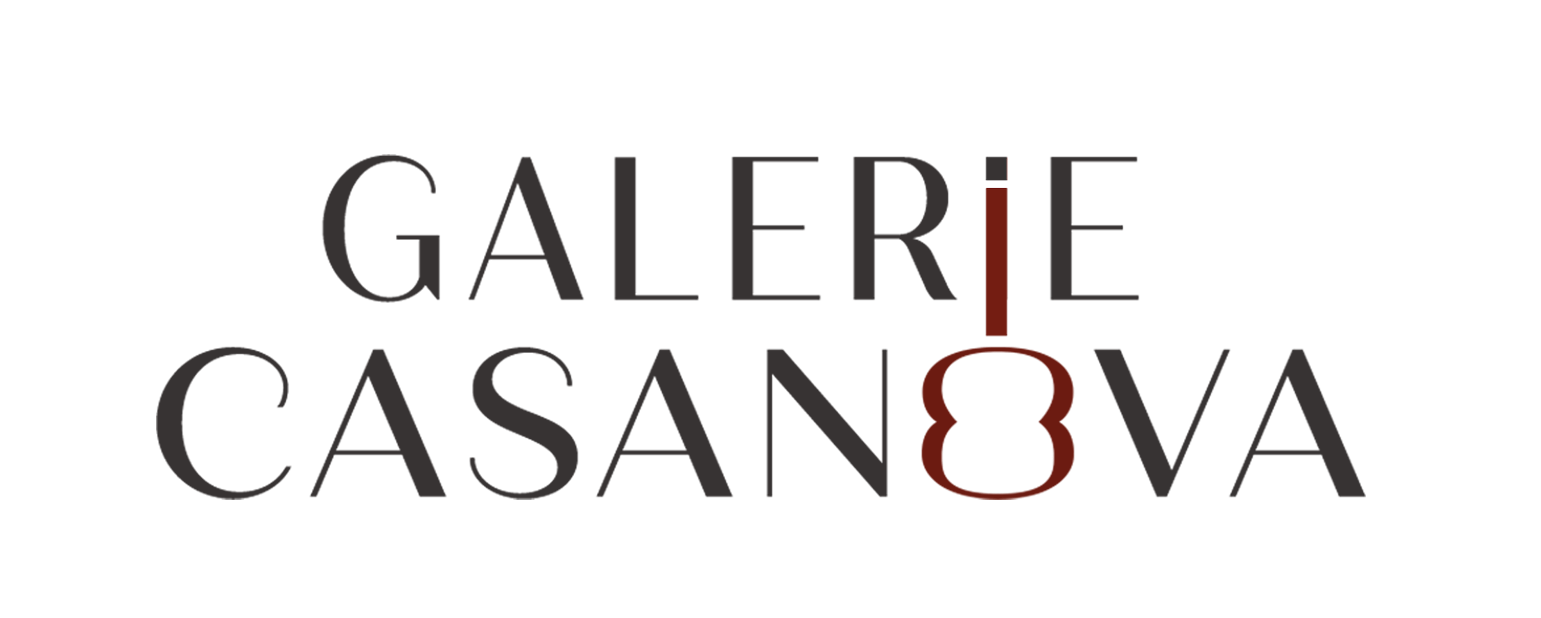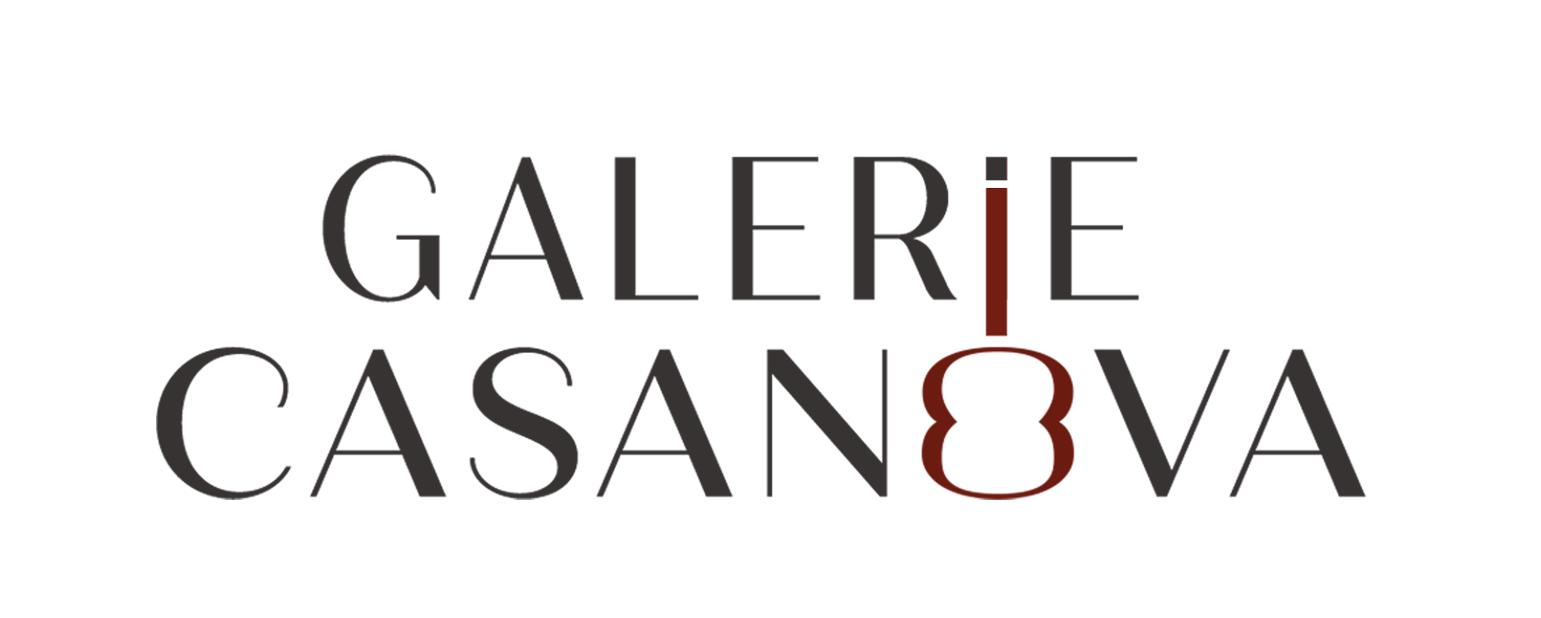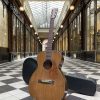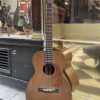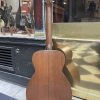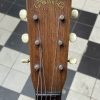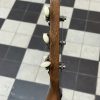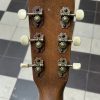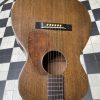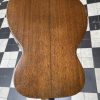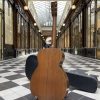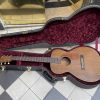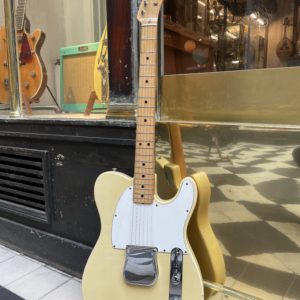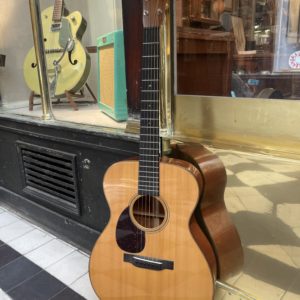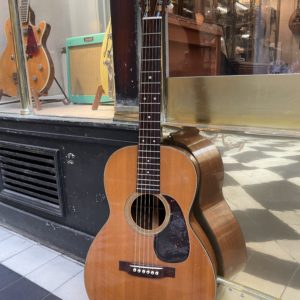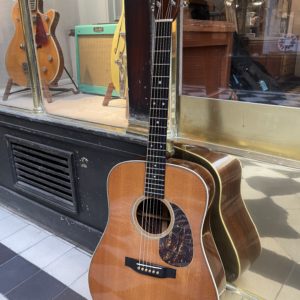1945 MARTIN 0-17
The prices indicated correspond to the price in the case of payment in-store or by bank transfer. In the case of payment by credit card via the website, a processing fee of [3.25% + €0.25]* will be applied to the total amount of the basket, including delivery costs.
A splendid 1945 Martin 0-17, in excellent original and preserved condition.
Built in the final months of World War II, this small, all-mahogany model constituted the bulk of C. F. Martin’s production of size 0 guitars at the time of its manufacture. Due to the general austerity imposed by the war, the company had chosen to favor its most simple models. With the exception of the fingerboard, bridge, and headstock veneer, which are made of rosewood, the entire 0-17 is crafted from mahogany, with an extremely delicate top, back, and sides. It is devoid of binding or any decoration, except for a minimalist rosette, and features a delicate varnish. Unsurprisingly, these instruments are extremely light, very resonant—and it’s safe to say that despite the stripping down imposed by the geopolitical conditions of the time, the quality of Martin’s wartime instruments did not suffer at all, quite the contrary.
Several points regarding the guitar’s construction are unique to the instruments produced in late 1944 and early 1945, making them of particular interest to anyone with a keen curiosity in Martin’s history. First, the bracing presents a construction that can be described as transitional, between scalloped bracing (i.e., where the craftsman carefully carved a ridge on the upper portion of the bar to lighten it) and straight braces, i.e., more solid bars without the carving. From late 1944, bracing was no longer scalloped, but nonetheless featured a rounded profile at the ends, making it lighter than later models—this construction is referred to as tapered bracing. Records kept at the time by foreman John Deichman allow us to determine the first batch of instruments built to this specification as that of December 6, 1944. Since the instrument presented here was built shortly afterward, it is among the very first Martins to feature tapered bracing. It should be noted that the shape of this bracing would evolve, losing its rounded profile during the second half of the 1940s and becoming increasingly heavier over the following decades.
Another important point is that the guitar features a steel neck reinforcement rod, known as a T-bar, which had been present on Martin guitars since 1934 and the introduction of T-frets. These did not offer the same stiffening properties as the previously used bar frets, hence the need for a more robust neck reinforcement. Supplied exclusively to Martin by Ralph W. Fry, a manufacturer specializing in materials for industry and agriculture, the T-bars were affected by the restrictions that affected any industry using steel during World War II, and Martin was thus forced for a time to revert to the ebony reinforcement rods used before 1934. They nevertheless managed to procure a supply of steel rods for about ten months between 1944 and 1945, which they installed on the guitars produced during this period.
Otherwise, this nearly octagenarian guitar comes to us in superb condition, with all its main components original, including its varnish, rosewood bridge, bracing and bridge plate, and Kluson 502N tuners. Prepared and tuned for playability in our workshop; neck reset completed; the guitar features low action, accurate intonation, and the neck has a slightly V-shaped profile that is perfectly comfortable to the hand.
Sold in a modern Boblen hardshell case.
